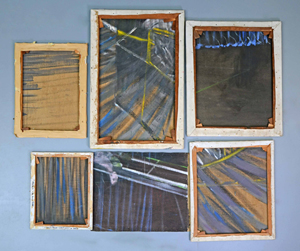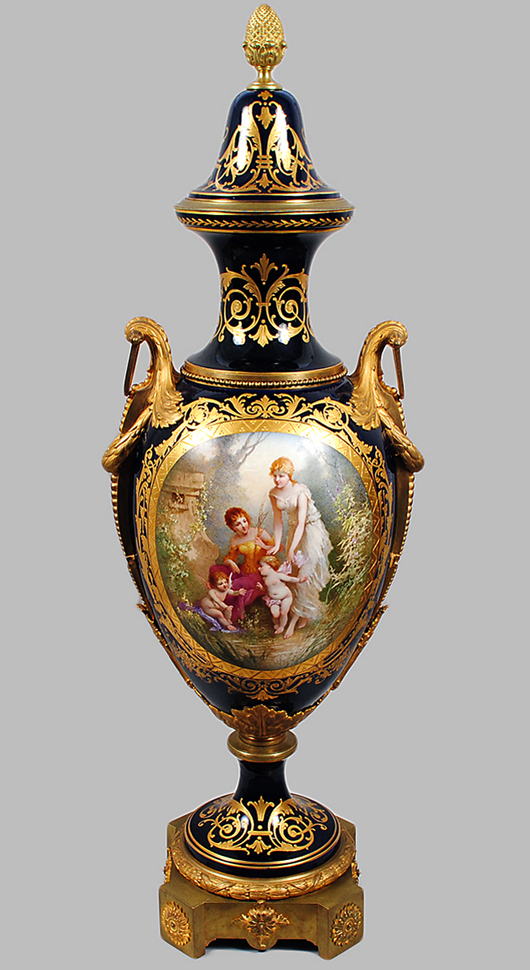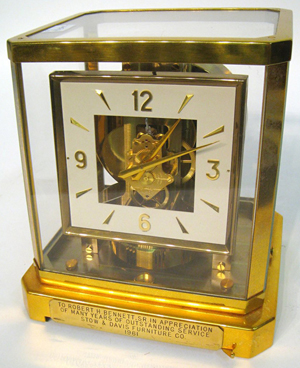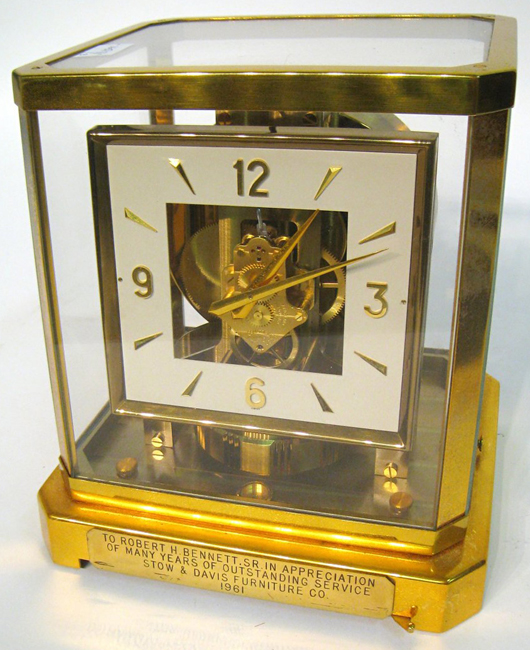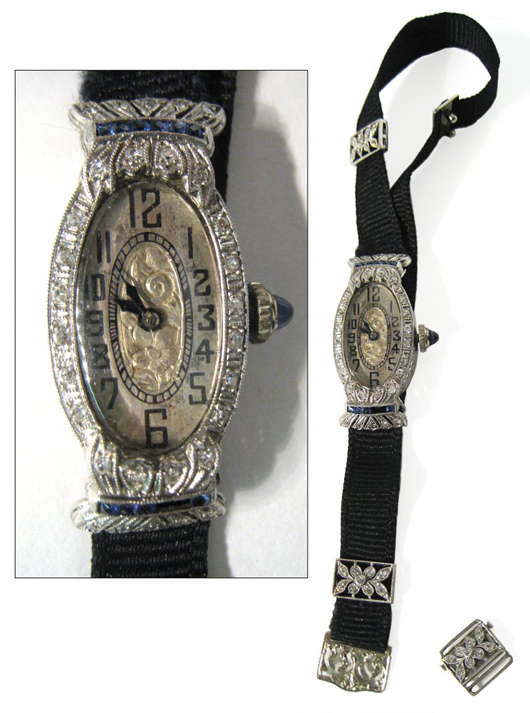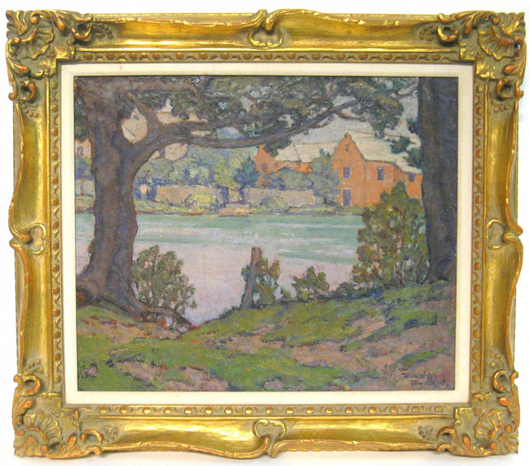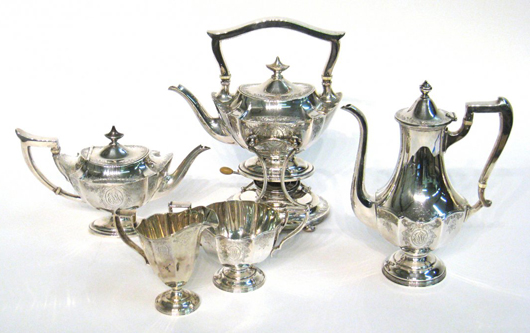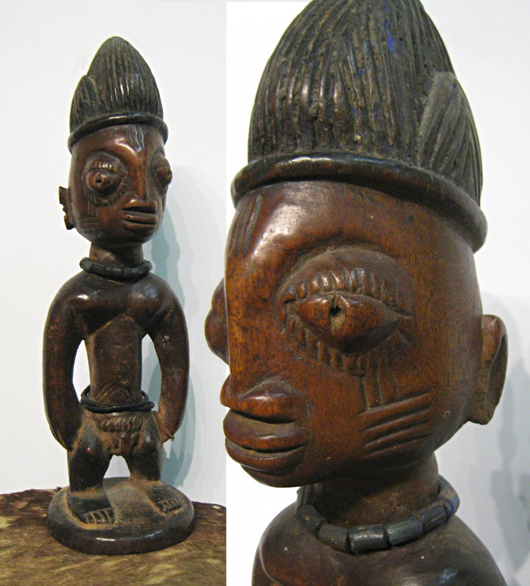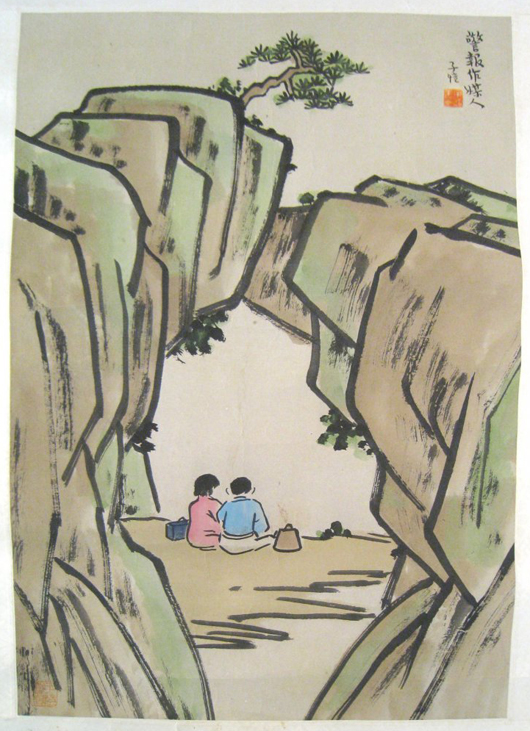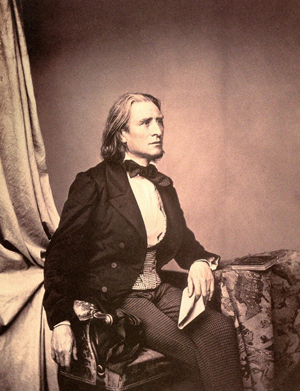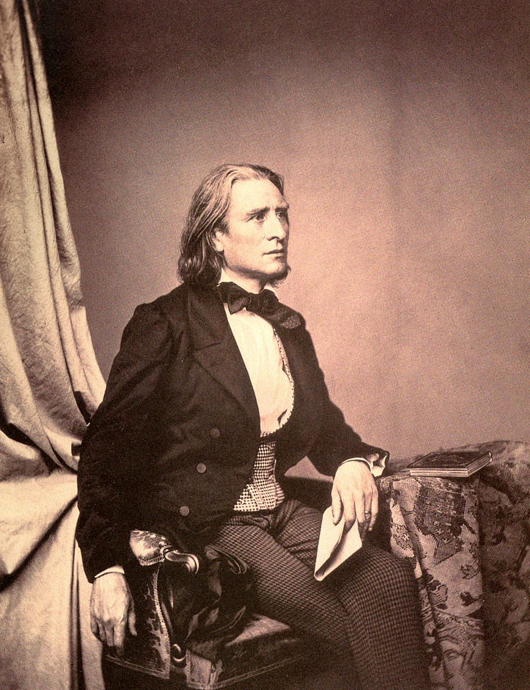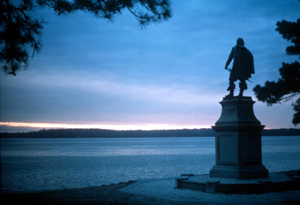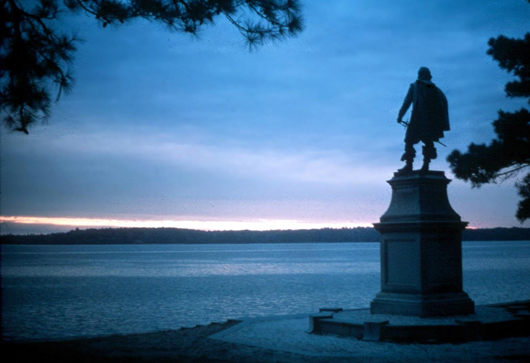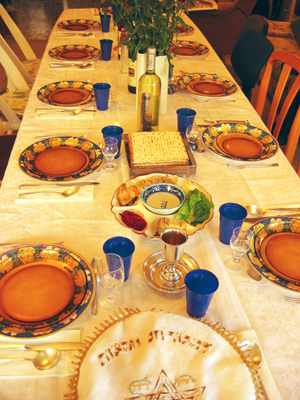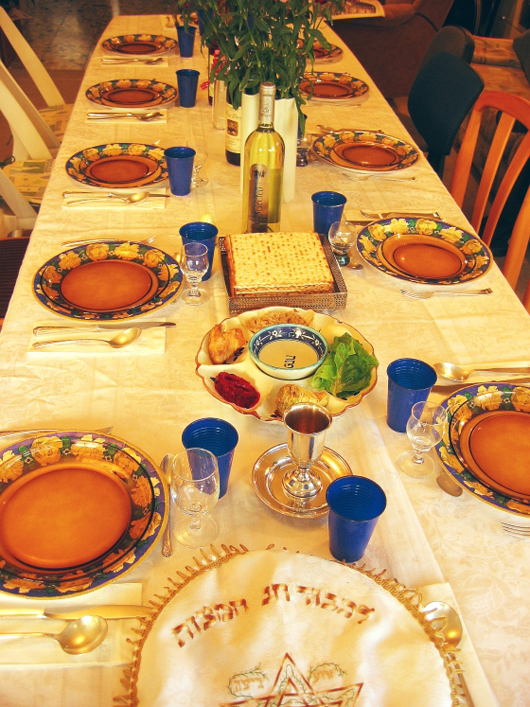
Signed oil painting by California artist Edgar Alwin Payne titled Waterfront Sotto Marina. Price realized: $84,000. Kamelot Auction House image. PHILA., Pa. – Kamelot Auction House opened its 2013 auction season on Feb. 22 with an impressive two-day sale that featured over 1,100 lots of decorative and fine arts, glass, silver, lighting, estate rugs and a selection of antique and mid-century furniture. The success of the sale was palpable as results surpassed high estimates by large margins throughout both days of the sale. LiveAuctioneers.com provided Internet live bidding.
The first day of the sale showcased a diverse array of decorative arts items to which bidders responded with great enthusiasm, with frontrunners including antique clocks, oil paintings, satsuma, and a large collection of Austrian bronzes. Presented with estimates of $1,000-$2,000, lot 451, a matched pair of white marble and dore bronze satyr sconces circa 1900 soared to a final selling price of $12,000. Lot 85, a 19th century cobalt blue porcelain and dore bronze French lyre clock with crystal dial sold for $8,100, and likewise, lot 89, a red marble and dore bronze French mantle clock signed by Andre Boisseau “Le Crepuscule” also brought a hefty $8,100.
Other highlights include a unique Renaissance-style bronze inkwell, circa 1900, selling for $6,000 (lot 213), an Asian pottery statue circa 1900 selling for $7,000 (lot 351) and a pair of hand painted porcelain lamps signed ”F. Holz” circa 1880 selling for $7,500 (lot 398).
Friday’s strong sales continued well into the afternoon, culminating with the fine arts category and the presentation of lot 508, a signed oil painting by California artist Edgar Alwin Payne titled Waterfront Sotto Marina. The painting roused fervent competition, with 21 aggressive bidders – most of who were from the west coast – contending for the prize work of the California native. With estimates of only $3,000-$5,000, the painting shattered expectations as it climbed to a final winning bid of $84,000, achieving the auction’s highest selling price.
Lot 497, a beautiful signed oil painting by New York artist Ivan Gregorewitch Olinsky continued to surpass estimates with a final selling price of $20,000 along with lot 526, an abstract piece by artist Helen Franken Thaler which brought $17,000. Other highlights include an oil painting by New York artist John Koch which brought $8,700 (lot 500) and an oil painting by Spanish artist Jose Rico Y Cejudo which sold to a bidder in Spain for $8,400 (lot 496).
Day two of the sale was met with continued success and featured antique and mid-century furniture and lighting including a selection of highly sought after Jansen and Phillip Lloyd Powell pieces. Among these, a stamped and numbered Jansen regency style ebonized and gilt decorated server circa 1940 realized $18,000 against a presale estimate of $4,000-$6,000 (lot 647). Lot 793, a Phillip Lloyd Powell walnut chest of drawers sold for $9,000, and lot 796, a Phillip Lloyd Powell sculptural walnut lounge chair with shaped back and arms achieved $6,000. Other highlights include a nineteenth century F. Conchon Fabricant Geneve cylinder music box that brought $9,000 (lot 1058) and a pair of Italian mid-century modern lounge chairs having upholstered back and arms supported on bronze and wood frame that also brought $9,000 (lot 816).
For more information or to inquire about consigning, contact Kamelot Auction House at 215-438-6990.
View the fully illustrated catalog for Kamelot Auction House’s sale Feb 22-23, complete with prices realized, at www.LiveAuctioneers.com.
Click here to view the fully illustrated catalog for this sale, complete with prices realized.
ADDITIONAL LOTS OF NOTE

Signed oil painting by California artist Edgar Alwin Payne titled Waterfront Sotto Marina. Price realized: $84,000. Kamelot Auction House image. 
A matched pair of white marble and dore bronze satyr sconces, circa 1900. Price realized: $12,000. Kamelot Auction House image. 
Cobalt blue porcelain and dore bronze French lyre clock with crystal dial. Price realized: $8,100. Kamelot Auction House image. 
Red marble and dore bronze French mantel clock signed by Andre Boisseau, ‘Le Crepuscule.’ Price realized: $8,100. Kamelot Auction House image. 
Renaissance-style bronze inkwell, circa 1900. Price realized: $6,000. Kamelot Auction House image. 
Asian pottery statue, circa 1900. Price realized: $7,000. Kamelot Auction House image. 
Signed oil painting by New York artist Ivan Gregorewitch Olinsky. Price realized: $20,000. Kamelot Auction House image. 
Abstract painting by Helen Franken Thaler. Price realized: $17,000. Kamelot Auction House image.



